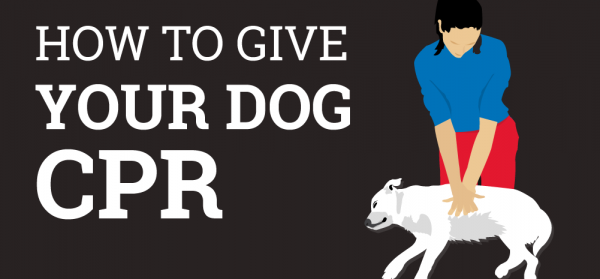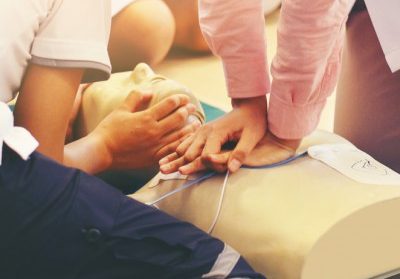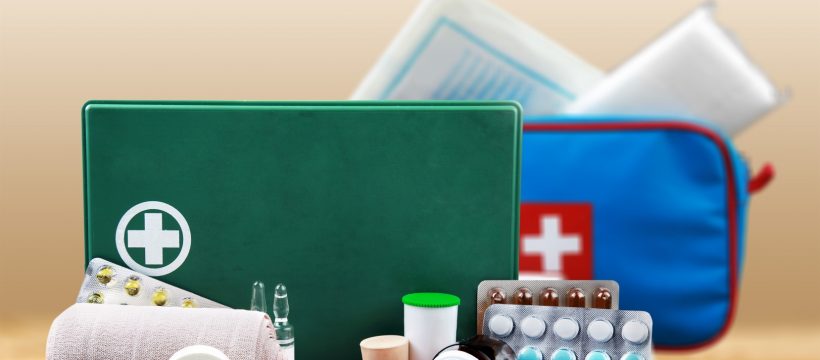
CPRNM® is a comprehensive directory designed to connect individuals and employers with top-tier training
providers including the AHA®, Red Cross®, and other training providers.*
The Importance of Maintaining a First-Aid & Trauma Kit (Items)
The importance of having a fully stocked first-aid kit or trauma kit within easy reach at home is something that’s quite often overlooked, even though the likelihood of it being needed at some point is a virtual certainty.
Now, let’s check out some things you will need in a kit.
What should be included in your trauma kit?
After much research (of price, quality, etc.), here is a list of all the things you should include in your trauma kit, so you can be prepared for most eventualities.
- Adhesive bandages – Make sure that you have several different sizes of these in your kit, to cover various needs.
- Adhesive gauze pads – Your gauze pads should be stocked in various sizes, just like the bandages, because you may need to treat large wounds, small wounds, and everything in between. Make sure these are kept in a sterile package or container because they will be placed directly on an open wound, and you don’t want to cause an infection.
- Adhesive tape – This will be needed to secure the gauze and bandages.
- First-Aid manual – This manual will explain the proper usage of everything contained in your kit, and it would be a very good idea for you to read this from cover to cover before attempting to administer first aid.
- Elastic bandages – You may need these to wrap around a sprained ankle, for instance, to provide support for the injured area.
- Splint(s) – In broken bone situations, you’ll need to stabilize and support the affected area with a splint, to ensure that no further movement occurs.
- Antiseptic wipes – These have a thousand uses and are especially good for cleansing an injured area of the body, to remove harmful bacteria and prevent infection.
- List of emergency phone numbers – In a time of crisis, you don’t want to be searching a telephone directory for the Poison Control office or the local Ambulance company. Keep a list in your trauma kit that contains the phone numbers of nearby hospitals, your family doctor, and such other emergency organizations like Poison Control.
- CPR mouthpiece – This is the most hygienic way of administering mouth-to-mouth resuscitation, and you can obtain one at a medical supplies facility, or at your local Red Cross unit.
- Flashlight and batteries – If you should lose power in your home, you can count on finding emergency lighting in your trauma kit.
- Sharp scissors – You can use these for cutting bandages, gauze pads, etc.
- Tweezers – These are good for removing splinters and other foreign materials from the skin, and for holding small objects securely when necessary.
- Safety pins – Safety pins are very effective for securing and closing cloth objects on a temporary basis.
- Disposable cold packs – For situations where swelling has occurred as a result of some injury, cold packs can help quickly reduce the inflammation around the injury.
- Calamine lotion – You can substitute any other effective salve which handles poison ivy rash, or other kinds of rashes. This is particularly useful when camping.
- Antibiotic ointment – Preventing infection of an open wound is very important so it doesn’t get worse, and an antibiotic ointment handles this nicely.
- Soap – It’s always necessary to clean a wound or injured area before applying a bandage, so keep some antiseptic soap in your kit.
- Antiseptic solution – This is necessary for the same reason that soap is, and it may be easier to administer – although the patient may object to the burning sensation.
- Hydrocortisone cream – This cream is ideal for reducing the itchiness and swelling associated with many kinds of skin conditions.
- Thermometer – This is still the best way of determining if someone has a fever, and may require additional medical attention.
- Ibuprofen and acetaminophen – These are both pain relievers and of course they have many different uses. It’s a good idea to keep some of both in your kit because some people react negatively to one or the other and cannot easily ingest them.
- Plastic gloves – These are good for keeping your hands clean when working on a messy injury, perhaps involving a lot of blood. They will also prevent you from passing on any germs to the person being treated.
- Tooth preservation kit – You might think that field dentistry is a little beyond your capabilities, but a tooth preservation kit can literally save your child’s tooth in the event of a fall which knocks out a tooth. It’s critical that a tooth is preserved within 15 minutes of the injury for there to be a chance at salvaging it. This kit will contain a sterile balanced salt solution that preserves the tooth until you can get to a dentist.
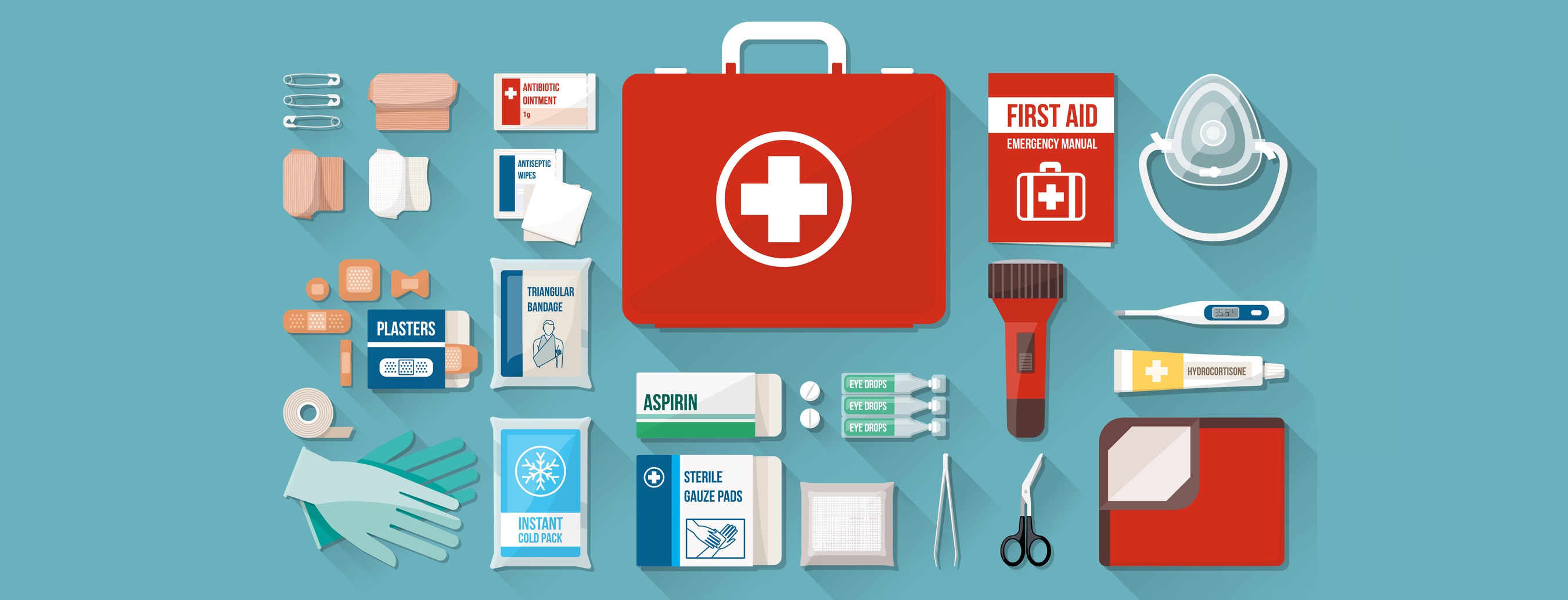
Where should you keep a trauma kit?
- At home – The most obvious place where you should keep a first-aid kit is somewhere around the home of course, ideally on a high shelf somewhere so that curious youngsters can’t reach it, but older children and adults can.
- On vacations – You should also take a first-aid kit along on vacations where you might be driving long distances. When you spend hours in a vehicle, there’s always the chance that someone might need medical attention – you could even be involved in an accident. However, if you happen to be flying somewhere with your family, you’ll need to store your kit in the baggage section because some of the kit items would be considered objectionable at an airport screening.
- Camping trips – It’s very important to take your trauma kit along whenever you go camping too because campsites are much more exposed to nature and the elements than your home would be, so there are many more opportunities for accidents and illnesses. You might also be a considerable distance from the nearest help, so having a first-aid kit handy might be the only medical help available for quite a while.
- In every car – Each car owned by members of your family should be equipped with a first-aid kit because auto accidents do happen, and the statistical majority of them happen within a few miles of home.
There are endless kinds of injuries which occur around the home which require immediate attention, and which can be handled adequately with the materials found in a well-stocked first-aid kit. This is especially true of households which include young children, who are far more prone to accidents and mishaps than are adults.
This discussion will consider some of the important reasons that you should always have a first-aid kit handy, how and why you should get trained for first-aid, and will also provide a trauma kit list, with all the necessary materials that should be kept stocked in it.
It can lessen the severity of a crisis
It’s not an exaggeration to say that first-aid kits have saved lives many times in the past and have lessened the severity of injuries until proper medical attention is available. Someone who is knowledgeable in first-aid techniques and has a fully stocked trauma kit available can literally be a life-saver when emergencies arise.
Situations like someone having a heart attack, ingesting a poisonous substance, or someone injured by a falling object might literally have their life saved by another person who knows good first-aid procedure and knows how to use everything in the first-aid kit.
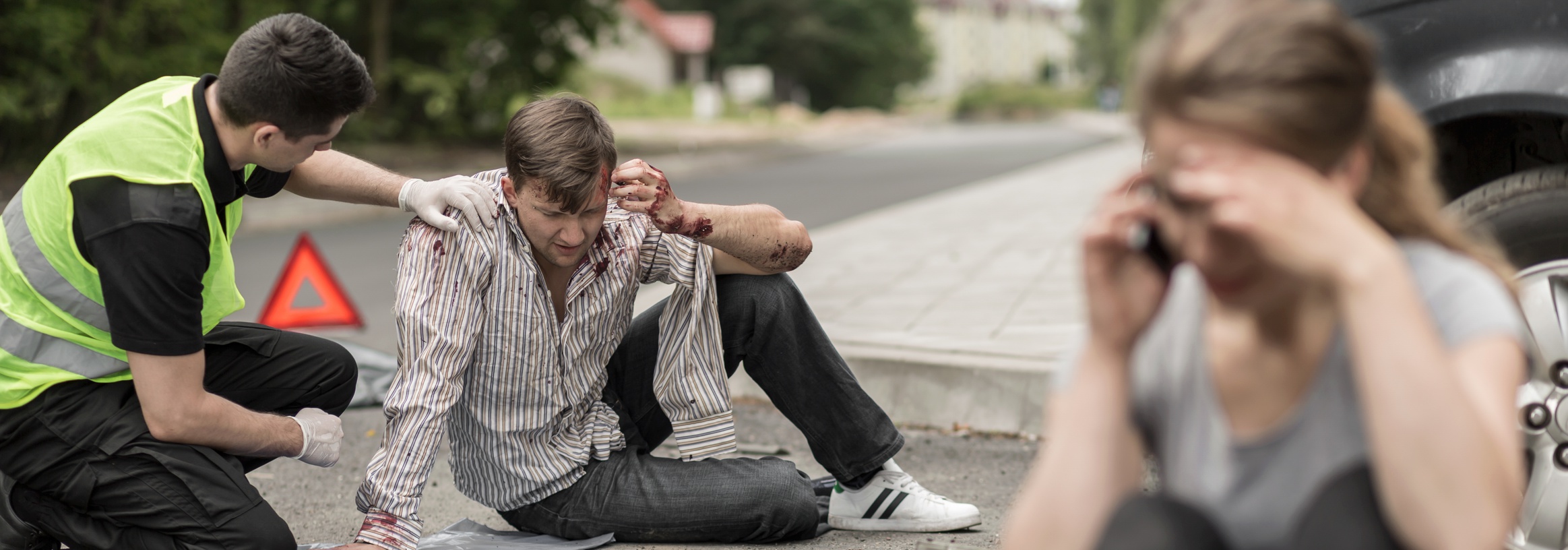
Some tips on maintaining your kit
While you might think the list above is a bit of overkill, it really isn’t. The reason so many different items and treatments are included is that there are so many different kinds of emergencies which can arise that require medical attention.
You should check your kit regularly to replace items which have been used because when a crisis does occur, you won’t want to be missing the one thing you need from the kit to handle the situation.
To buy a first aid kit, you should search a site like Amazon to find a kit that includes everything you’ll need, so you can be as prepared as possible. Your trauma first aid kit just might be the only medical service available in a time of crisis, so you really need to have it stocked with everything. This will involve a bit of expense naturally, but your family’s welfare is certainly worth that.
Sportsmen should consider the purchase of a tactical trauma kit, which includes materials that can be used in more extreme circumstances, such as a gunshot wound. These might be unthinkable situations, but they do happen, and the prepared person can handle them much better with a tactical trauma kit.
Quick access in a crisis
When any kind of household crisis strikes, every second may count in dealing with the issue. For instance, if a child comes running into the house with bleeding legs after falling off his bicycle, it’s critical to act quickly. At such times, you don’t want to be racing around the house trying to find things you need to deal with the situation.
When you buy a trauma kit and have it stationed in the same place all the time, you or any other household member will know exactly where to go to retrieve what’s needed. That can save you priceless time in dealing with an injury that might be severe, and even if you end up taking your child to emergency care, you will certainly want to clean the wound and get some kind of bandage on it before you go.
An important point to remember about quick access though is that your first-aid kit should be readily accessible to adults, and not to children. Young children will find plenty of things in the kit which could end up doing them harm if they were to start playing with them or to consider them ingestible. Keep your trauma kit out of the reach of young children.
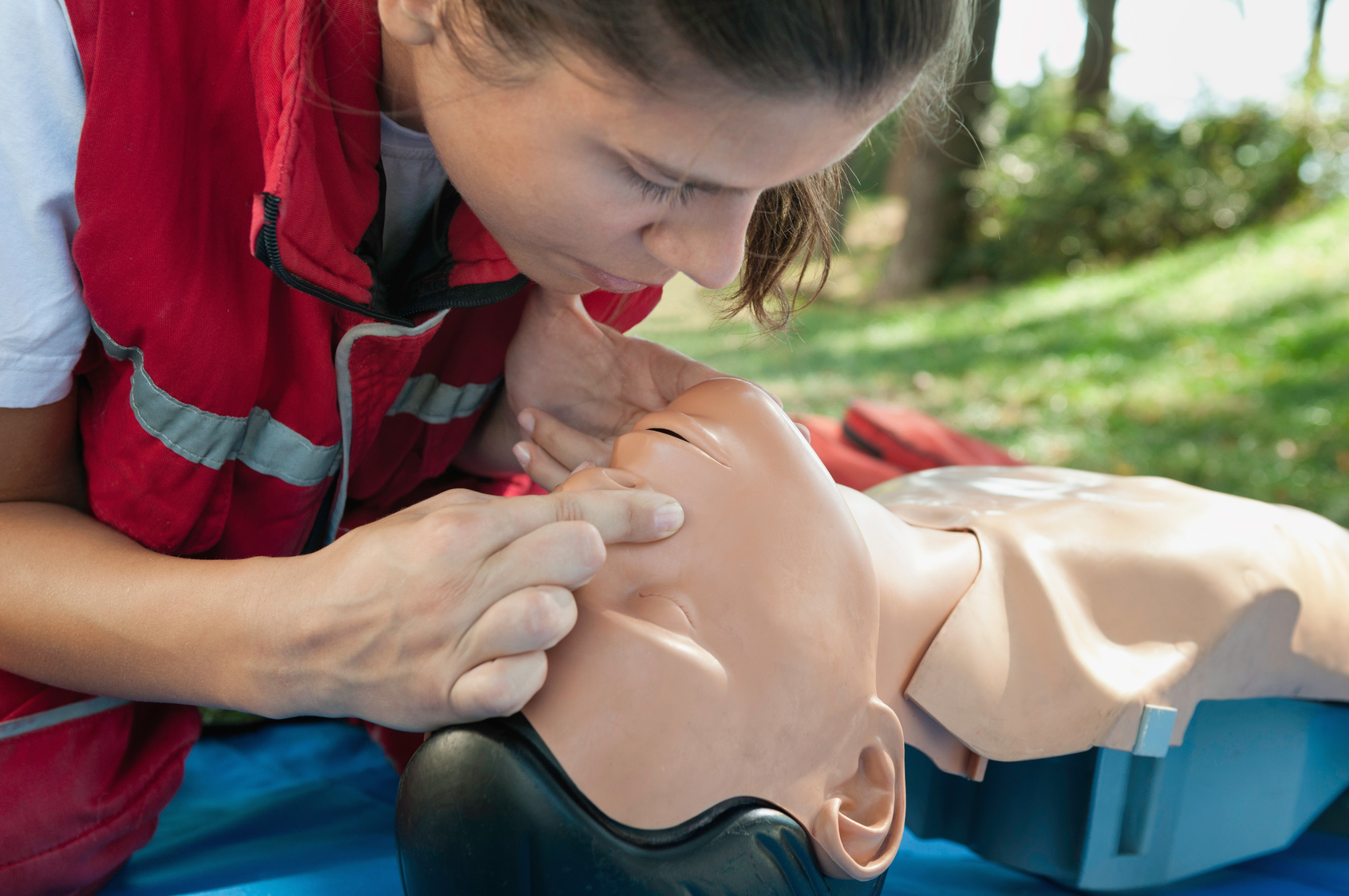
Consider taking first-aid training
Consider taking a First-Aid Certification Course:
While you can be at least minimally prepared for most emergency situations by taking the first-aid certification course, you may want to consider a higher level of preparedness.
People who routinely work with children, or who have young children at home, should especially consider this level of training so that you can be sure of administering the most effective treatment for any given injury or medical situation.
Other candidates for first-aid training are people who work in environments considered to be high-risk, for instance, some factory settings where heavy equipment is involved, or active-duty firemen.
Many accidents which happen in various environments are worsened by the fact that no immediate medical attention was available, and no first-aid materials could be accessed to handle the crisis. Accidents will always happen, and since they are so inevitable, it just makes good sense to be ready to handle them when they occur.
Some people may think of first-aid kits as a ‘nice-to-have’ piece of equipment, but when you’re actually confronted by a crisis right before your eyes, and immediate medical attention is needed, the situation becomes entirely different. At times like these, a first-aid kit in the hands of someone who understands proper medical procedures can literally be the difference between life and death.
Check out this video about building your First Aid kit
We hope you’ve enjoyed this article and we hope you better understand the importance of having a First-Aid or Trauma Kit.
 July 13, 2017
July 13, 2017 
